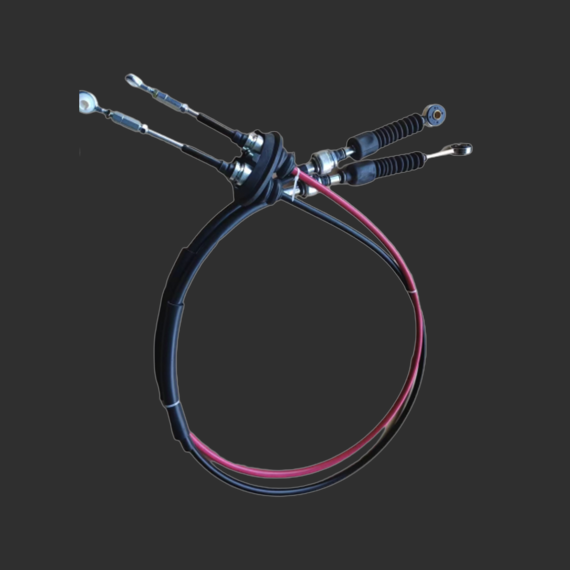Adjusting the Throttle Cable
Adjusting the Throttle Cable A Comprehensive Guide
The throttle cable is an essential component in many vehicles, linking the accelerator pedal to the engine's throttle body. This cable controls the engine's power output by regulating the airflow into the engine, thus influencing acceleration and overall performance. Proper adjustment of the throttle cable is crucial for ensuring smooth and responsive vehicle operation. In this article, we will discuss the steps involved in adjusting the throttle cable, its importance, and the potential issues that may arise if it is not maintained correctly.
Importance of Throttle Cable Adjustment
An appropriately adjusted throttle cable ensures that the throttle body opens fully when the accelerator pedal is pressed, delivering maximum power to the engine. Conversely, if the cable is too tight, it may lead to excessive throttle response, which can be dangerous. On the other hand, if it is too loose, the throttle may not open fully, resulting in poor acceleration and performance. Therefore, regular checks and adjustments of the throttle cable can enhance vehicle safety, efficiency, and overall driving experience.
Tools and Preparation
Before adjusting the throttle cable, you will need some basic tools a screwdriver, a wrench or socket set, and possibly some pliers. Additionally, ensure the vehicle is parked on a flat surface with the engine turned off but cool enough to work on safely. Reading the vehicle’s service manual can also provide specific guidance relevant to your make and model.
Steps to Adjust the Throttle Cable
1. Locate the Throttle Cable Start by locating the throttle cable in your vehicle. It typically runs from the accelerator pedal through the engine compartment to the throttle body.
adjusting the throttle cable

2. Inspect the Cable Before making adjustments, inspect the cable for any signs of wear, fraying, or damage. A damaged cable should be replaced rather than adjusted, as this can lead to dangerous driving conditions.
3. Check Cable Tension To check the tension, gently pull the throttle cable away from its housing. There should be a small amount of slack, typically around 1/8 to 1/4 inch. If it feels too loose or too tight, adjustment is necessary.
4. Make the Adjustment Most throttle cables have an adjustment screw or nut at either end. Use the appropriate tools to either tighten or loosen the cable. Turn the adjustment screw clockwise to reduce slack or counterclockwise to increase it. Make small adjustments and retest the pedal movement.
5. Test the Accelerator After adjusting the cable, start the engine and test the accelerator pedal. It should feel responsive, with a smooth transition to acceleration. If there is any hesitation or sticking, further adjustments may be needed.
6. Final Check Once satisfied with the pedal response, ensure that the cable is secured and does not interfere with any other components in the engine compartment.
Conclusion
Regular maintenance of the throttle cable is essential for optimal vehicle performance and safety. By adjusting the throttle cable as needed, vehicle owners can ensure better acceleration response and enhance the overall driving experience. If in doubt or if you encounter significant issues during the adjustment process, it is advisable to consult a professional mechanic to avoid potential complications. Remember, a well-maintained throttle cable not only promotes engine efficiency but also contributes to a safer driving environment.
-
Upgrade Your Vehicle with High-Quality Handbrake CablesNewsNov.01,2024
-
Optimize Your Bike's Performance with Quality CablesNewsNov.01,2024
-
Enhance Your Vehicle's Performance with Quality Clutch ComponentsNewsNov.01,2024
-
Elevate Your Vehicle's Performance with Quality Throttle CablesNewsNov.01,2024
-
Elevate Your Vehicle's Performance with Quality CablesNewsNov.01,2024
-
Affordable Solutions for Your Cable NeedsNewsNov.01,2024
